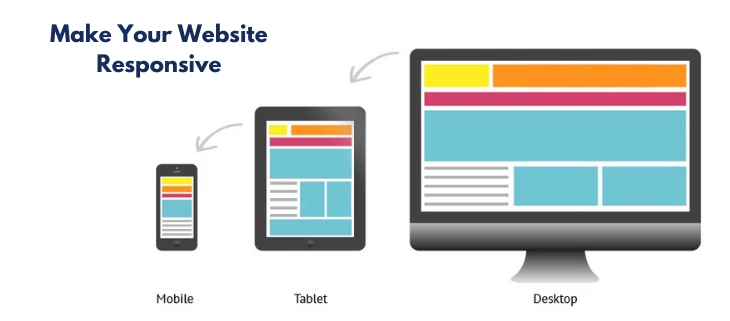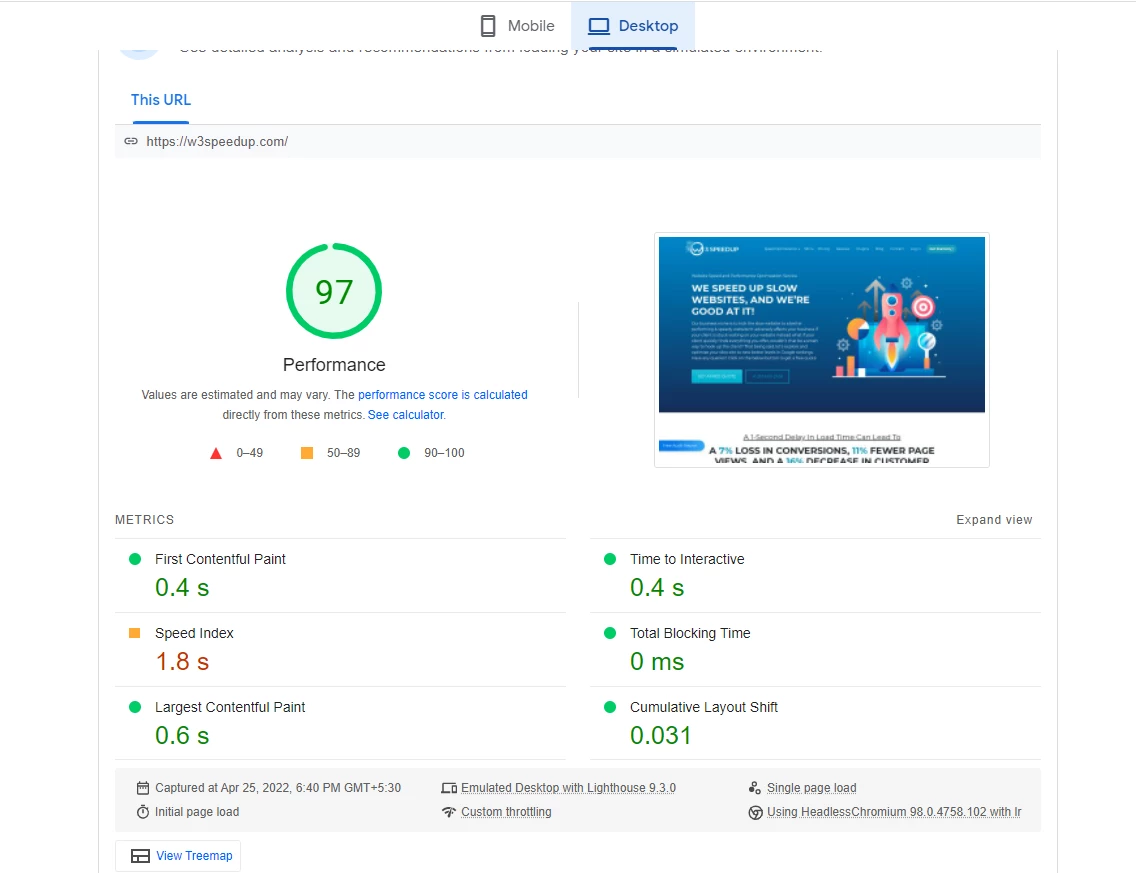Struggling with a high bounce rate? Make sure to have a successful digital marketing & content marketing strategy to help you reduce bounce rate but also converts your leads into customers or subscribers.
Does your website get an ideal search and your users leave your site without interaction or conversion? Users’ retention is the first step you need to take on. When it comes to achieving an ideal retention rate, engagement is key.
Whether it is eCommerce on Shopify or blog on WordPress, have a perfect balance between compelling designs, converting CTAs, fast speed, interactive content, customer loyalty program, & active support to draw users’ attention and help them engage.
Moreover, here are 10 proven ways to boost your conversion rate and decrease bounce rate.
Top 10 Tips for Reduce Website Bounce Rate
1. Design Better User Experience
Making your user experience the best possible is one of the top proven ways to reduce bounce rate and boost conversion rate. An excellent User Experience is not limited to a fast & well-structured website and goes beyond that. Your site structure must ensure a balance of visual elements, information & interaction to meet your users’ expectations.
Furthermore, identify what your buyer persona is and build your website around that. Place your strategy into action and make sure your website justifies questions such as what do users want when they come to your site? Are you meeting a customized view so as to leave your visitors surprised and lead them to convert or click on the buy now button?
With this in mind, provide your users with highly engaging web pages to accomplish a satisfying user experience.
2. Make Your Website Responsive

Responsive designs are of major importance in this evolving technology where a variety of screen sizes, input methods, and devices are existing.
If your website shows non-responsive designs, visual instability, cumulative layout shift, and other issues that affect user experience must not be taken for granted. Thus, make sure your users get easy navigation while browsing your site with responsive web pages.
3. Create Landing Pages
Many companies find it challenging to decide their entry pages while reducing the bounce rates. No matter how perfect your homepage is if your main traffic is coming from a blog that isn’t optimized for engagement.
Therefore, creating landing pages can be beneficial for you. They are considered as the optimal entry pages that are optimized for attractive layouts and CTAs. They are created with marketing in mind to ensure more leads and conversions.
Make it your opportunity to create more landing pages and think about how you can ensure a strong marketing strategy to lead your traffic.
4. Boost Your Site Speed

A one-second delay in load time can lead to a 7% loss in conversions, 11% fewer page views, and a 16% decrease in customer satisfaction. Thus, you need to boost your site speed and performance to achieve a fast loading time. As a matter of fact users take their buying decisions in the first couple of seconds. So, focus on providing your initial content to the users as fast as possible.
Test your core web vitals score on tools like Google Page Speed Insights or Pingdom and optimize it for FCP & LCP, the two most significant metrics.
To simply speed up your site, you can optimize images, use CDN from Cloudflare, leverage caching and consider upgrading your web hosting & you can also check ‘Best Web Hosting Providers‘ here
5. Optimize Your Call to Actions
Most of the users take action on a website in the first few seconds. So, highlight your call to action and place them in the most visible area. Adjust your content and optimize this area.
Help your users easily understand what you are selling and take fast buying decisions with clear & honest calls to action.
Oftentimes, users get misled with irregular distribution of content & CTAs which end up on bad user experience & misleading becomes one of the major reasons for high bounce rate & low conversions.
6. Perform A/B Testing

A/B testing is the comparison of the two versions of the web pages and determining which version has performed well with data analysis.
So, if your call to action or content is not working, A/B would be helpful for you. You can measure which performed better in retaining traffic.
With two versions, you should use different content strategies on each page. Create different landing pages where you are targeting different audiences, regions, keywords, etc.
If you have an international audience, then you can detect your user’s location and show them a localized landing page.
User experience improves when your users find your content in their language, currency, and cultural background.
7. Use Videos and Images to Win Users Engagement
In recent years, websites have been focusing on different forms of content other than blogs or articles i.e., videos, podcasts, and compelling images. Videos and images have increased the significance because of their quality of being highly engaging and interactive which draws users’ attention and leads to a higher engagement rate & reduce bounce rate.
Videos are highly engaging content than text & images and grab user attention more. You can ask your customers for video reviews or use a full-screen video as background or you can even create a detailed video guide on how your service works.
Whereas in the case of images, you can use both static and dynamic formats of pictures or animations or as inline images next to your call to action.
Whether it’s videos or images, make sure to keep the quality intact & reduce your bounce rate.
8. Improve Readability of Your Site
Readability is a crucial element that can determine your bounce rate and conversions. Text content makes up the majority of any website. Therefore, you need to decide on how much you should use text content and where you are going to distribute it.
From font size to the proper line spacing between the text content and images, everything is going to decide your bounce rate.
Make sure to choose a perfect font size, not too small or too large. Moreover, it must follow responsiveness to fit in all devices since mobile users have been increasing exponentially.
9. Create a consistent content plan

Content is a king, not the cruel one but a helping one that can help you reduce your bounce rate & improve conversions.
While there are many content marketing strategies to experiment with, you should create a consistent plan for long-term success.
Instead of only relying on blogs & articles, you can also leverage huge benefits from verities of content-based media and platforms. You can think of social media like Instagram or YouTube that often users find more engaging in 2024.
However, whatever form of content you want to create, make it unique with well-researched & relevant data for the users to enjoy, inspire and learn.
Whether you are a small business or large, your goal should be exactly the same i.e., users must stay on your website as long as possible.
So, it is time to really invest in Content Marketing, with a better SEO effort, and a consistent link-building strategy.
10. Evaluate Your Users Activity
You can use tools and plugins to evaluate your user’s movement, clicks, and overall activity. It is useful to know why your users are bouncing off when they are leaving & from where by understanding their movement patterns with heat map, Google tag manager & other plugins.
This can show users mouse movement or clicks towards close and back buttons. As a result, this leaves you with an opportunity to optimize specific areas of your website & convert the lost visitors into potential customers, reducing the bounce rate at last.
FAQ’s
Answer – Bounce rate is the percentage of users who leave your website without engaging with other pages or acting on a call to action (CTAs). A high bounce rate indicates poor engagement & your web pages aren’t convincing enough for users to stay longer, take actions or make purchase decisions.
Answer – A good bounce rate lies in the range of 26 to 40 percent. Between 41 to 55 percent, it is considered average. 56 to 70 percent is higher than average, but may not be cause for alarm depending on the website. A bounce rate over 70 percent is very bad for your website.
Answer – Bounce rate refers to an action when site visitors bounce click the back button to leave a website and get back to their search results. For Search engines, a high bounce rate is a sign of poor content and it affects your SEO performance negatively.


